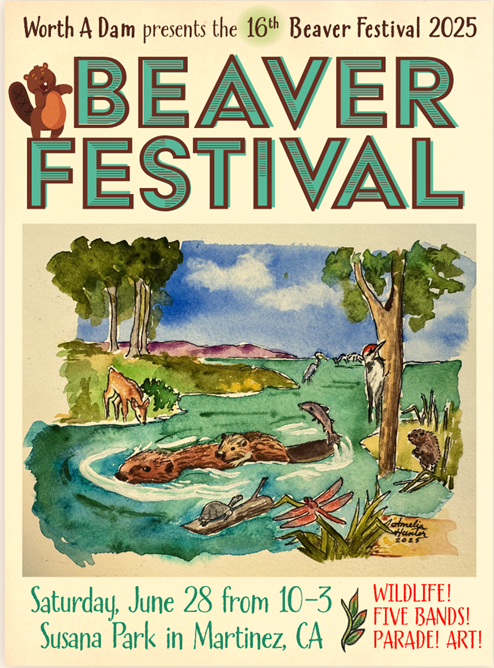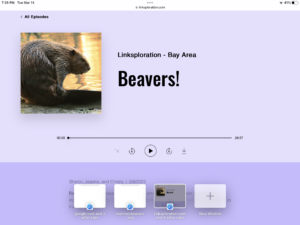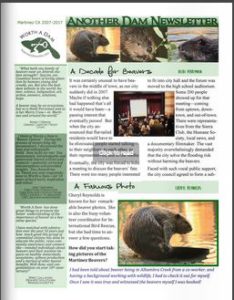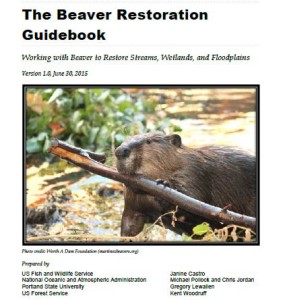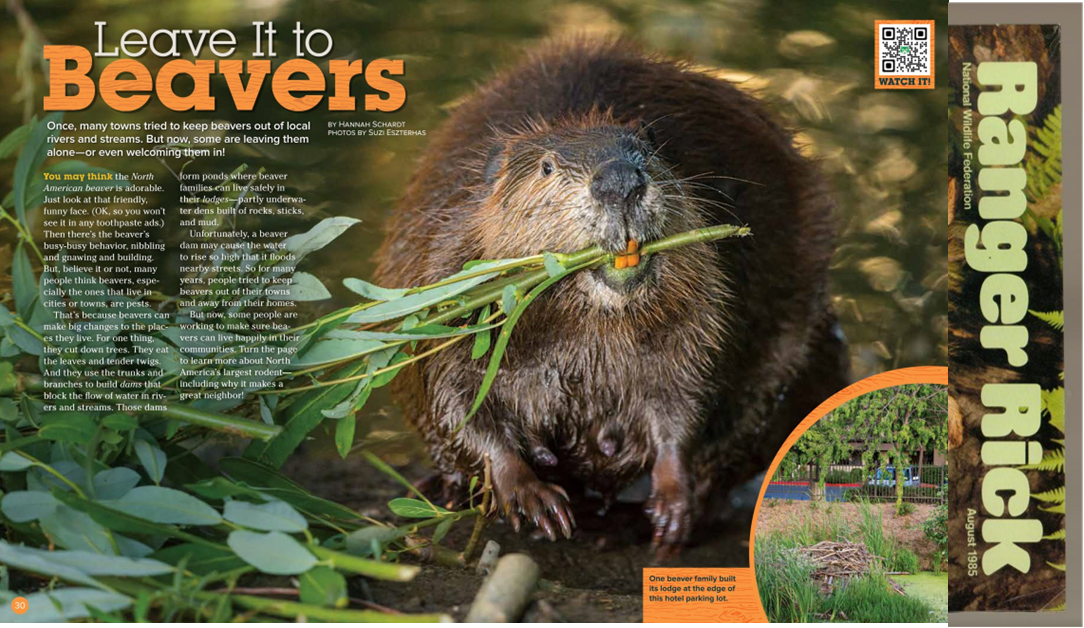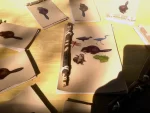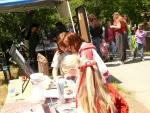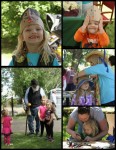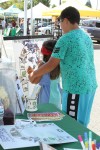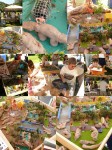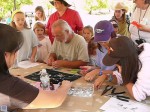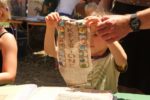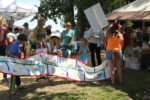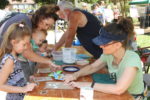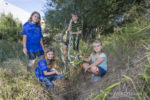This is a surprising article about the importance of “Flagship Species” in raising awareness for particular causes. Like for example the way the Panda was used by WWF to raise awareness for disappearing bamboo forests and endangered species in general. The author notes that Wetlands are SO important to human existence but its hard to find the correct mascot because the things that live in them are rarely visible by us. They think finding the FLAGSHIP wetlands animal would make it easy to convince humans why they matter.

Flagship and umbrella species
Flagship species are typically ‘charismatic’ species which enthuse, enchant and intrigue public and political audiences with the natural world. Environmental geographer Jamie Lorimer provides a helpful typology of such non-human charisma, which may be ecological (the environmental ‘detectability’ of an organism, e.g. through a call), aesthetic (its sensory impact: e.g. cuddly, fierce, curious) and/or corporeal (its emotive impact; or, how it makes us feel). For Lorimer, these aspects of non-human charisma are combined designating flagship species for conservation. For example the human empathy and care often sparked by a panda’s ‘teddy bear’ looks and precarious life habits (surviving on nutrient-poor bamboo) has long been mobilised by the World Wildlife Fund as a flagship logo to leverage funding and support, both for the conservation of the forests on which it survives, and for threatened ecosystems worldwide.
In other words, the charisma (and in the panda’s case, this might include the simple black and white replicability of its form as a logo in a pre-digital age) of flagship species may be mobilised to help strengthen conservation efforts for other less charismatic or visible species across wider ecosystems, whether locally or globally. In this way, the flagship concept has resonances with the ‘umbrella species’ approach to conservation which aims to protect ecosystems through conservation measures targeted at a small number of ‘keystone’ species which also have ecological benefits to the wider ecosystem. However, the flagship species approach has historically been used to mobilise public awareness of nature, rather than to specifically target ‘umbrella’ ecological interactions.
Apparently replicability is an essential part of the charisma of a flagship species. Hmm. Maybe that’s why these are always so popular.

Identifying ‘freshwater pandas’
The research team behind the new Conservation Biology study call for the established ‘flagship’ and ‘umbrella’ species concepts to be combined to define a new set of ‘flagship umbrella species’. According to the authors, such species have the potential to both raise public and political awareness of imperiled species and ecosystems, and to provide a focus-point for conservation efforts which will ‘trickle down’ and benefit wider ecological communities.
They identify over 60 potentially suitable freshwater flagship umbrella species, based on their “potential to attract public attention and funding for conservation programs as well as [their] potential to protect co-occurring biodiversity in all types of freshwater habitats.” The species – which were selected on the basis of their ‘flagship’ potential as identified in existing conservation literature – are extremely diverse and distributed across the world.
They include algae, molluscs (such as the freshwater pearl mussel), spiders endemic to peat bogs, crustaceans (such as the fairy shrimp), insects (including dragonflies and damselflies), a wide array of fish species (including sturgeon, stingray, sharks, salmonids, catfish and cod), amphibians (various frogs, toads and newts), reptiles (including turtles, crocodiles and alligators), birds (particularly cranes, pelicans and storks), and mammals (including otters, dolphins, porpoises and beavers) (see the full list here).
Some notable examples include: the baiji, a functionally extinct species of freshwater dolphin formerly found only in the Yangtze River in China; the European sturgeon, a migratory fish impacted by the fragmentation and pollution of large river basins such as the Danube; the Siberian crane a critically endangered bird with migration routes across the wetlands of Central and East Asia; and the freshwater pearl mussel, a mollusc threatened by water pollution and over-harvesting.
The authors note that species considered in the search for a Freshwater Panda include mollusks and eels and crocodiles. Sure why not? There must be cool slugs too, put them on the list. I mean why on earth would pick a species with such recognizeable characteristic structures visible by everyone that even when they’re not in residence everyone loves to see their sign? They mention that while the reintroduction of beavers in the UK is raising awareness of rewilding, it becomes problematic because they’re sooo controversial.
I’m going to argue with that. Maybe clean water itself is controversial. And maybe its mascot should reflect that. Even though everyone says they want it, industries also want to pour toxins in it or dump coal near it and protecting it is CONTROVERSIAL. Standing up for wetlands pisses people off. It just does. Even though it shouldn’t. Even though we all know what’s good for us. Seems to me that the wetland mascot should reflect that.
The study’s lead author Gregor Kalinkat outlines the potential of new approaches, “To date, a disproportionately large amount of research and scientific data material has been collected on land and for marine species. In order to protect freshwater species, we are in urgent need of more comprehensive data, which can be collected both cost-effectively and extensively using innovative methods.”
The freshwater ‘flagship umbrella species’ approach is – like most conservation initiatives – inherently interdisciplinary: drawing together insights from the social sciences and humanities such as charisma and issue-framing, with cutting-edge scientific methods such as environmental DNA. Whether through ‘flagships’ or ‘umbrellas’, what is clear is that increasingly threatened freshwater ecosystems are in need of new beacons for conservation research, action and hope.
I wouldn’t trouble yourself about choosing between a flagship, an umbrella or a keystone species. I personally would choose a freshwater mascot that is all three simultaneously. I would make sure it’s easy to trace and follow, family oriented, made endearing sounds, was resilient so it could exist almost anywhere and cute so that when you saw a baby one you said awwwwwwwwwww. But that’s just me.

 I spent yesterday working laboriously recording the audio for my talk and then trying to sync it up with the video so it can be played in my absence. It was a ton of work because it’s like trying to sew a seam from both ends at once, but it’s finally done and I’m fairly happy with the result. I’ll post it on Thursday which is the day it will air. Today I saw that a new logo announcing the conference is much better, and thought I’d would share.
I spent yesterday working laboriously recording the audio for my talk and then trying to sync it up with the video so it can be played in my absence. It was a ton of work because it’s like trying to sew a seam from both ends at once, but it’s finally done and I’m fairly happy with the result. I’ll post it on Thursday which is the day it will air. Today I saw that a new logo announcing the conference is much better, and thought I’d would share. Yesterday I saw on Facebook that Caitlin was worried about her Mountain House beavers in all the flooding – for obvious reasons. Apparently she went down with her father in the evening to make sure they were okay. It filled me with strange affection to think that there were other people in the world afflicted with my odd concern for beavers. And when I heard the charming audio that accompanied the video my heart nearly burst. Turn the sound wayyy up.
Yesterday I saw on Facebook that Caitlin was worried about her Mountain House beavers in all the flooding – for obvious reasons. Apparently she went down with her father in the evening to make sure they were okay. It filled me with strange affection to think that there were other people in the world afflicted with my odd concern for beavers. And when I heard the charming audio that accompanied the video my heart nearly burst. Turn the sound wayyy up.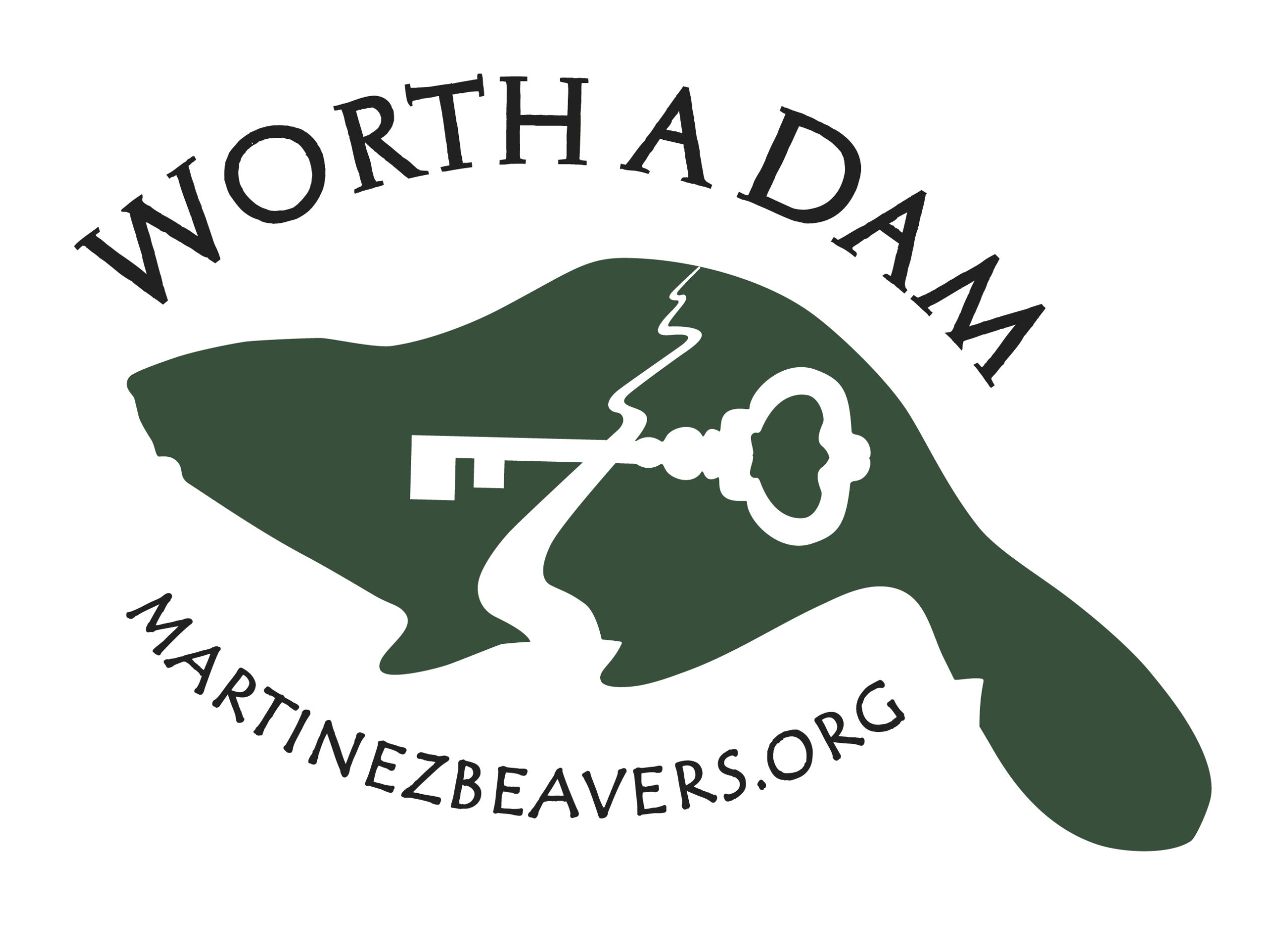






 The Wetlands Conservancy and partners invite you to see nearly 100 artists at six different venues throughout 2017. These shows will highlight the Beaver, our natural ally in conserving Oregon’s wetlands and restoring natural systems.
The Wetlands Conservancy and partners invite you to see nearly 100 artists at six different venues throughout 2017. These shows will highlight the Beaver, our natural ally in conserving Oregon’s wetlands and restoring natural systems. in shaping our future as we prepare for the transformations that a warming and changing climate may bring. The Wetlands Conservancy is launching a statewide beaver conservation vision. Our goal is to learn more about how we can work with beaver to conserve and restore natural systems.
in shaping our future as we prepare for the transformations that a warming and changing climate may bring. The Wetlands Conservancy is launching a statewide beaver conservation vision. Our goal is to learn more about how we can work with beaver to conserve and restore natural systems.








